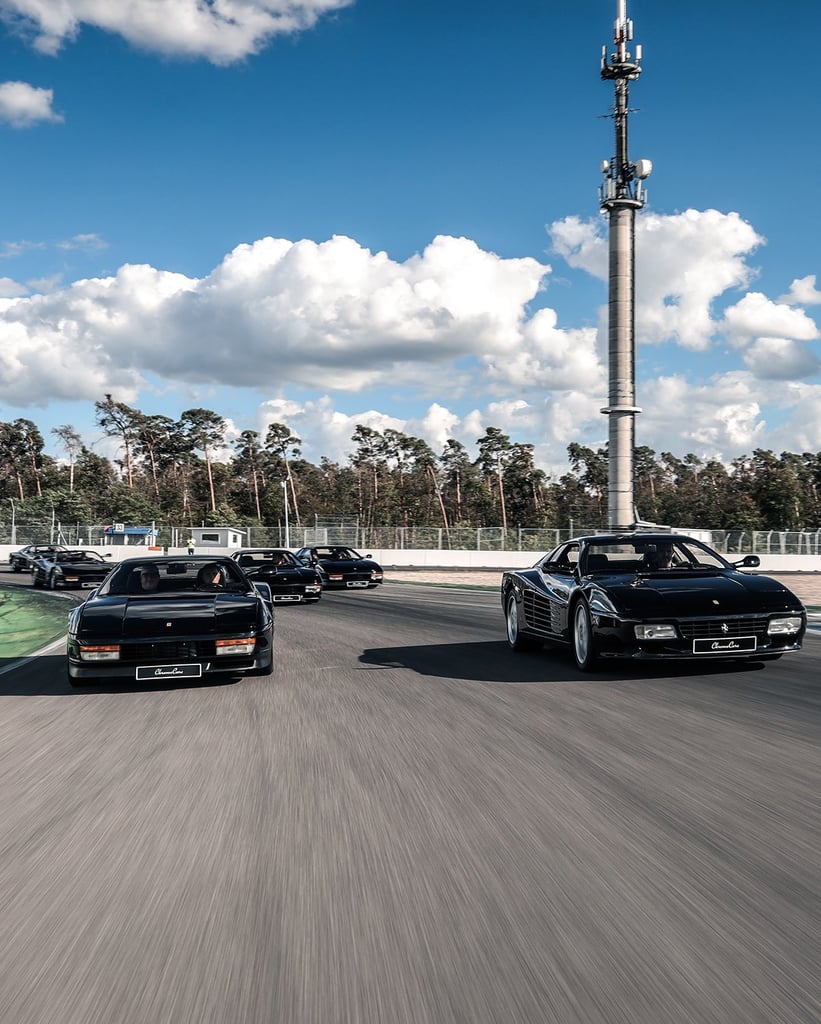
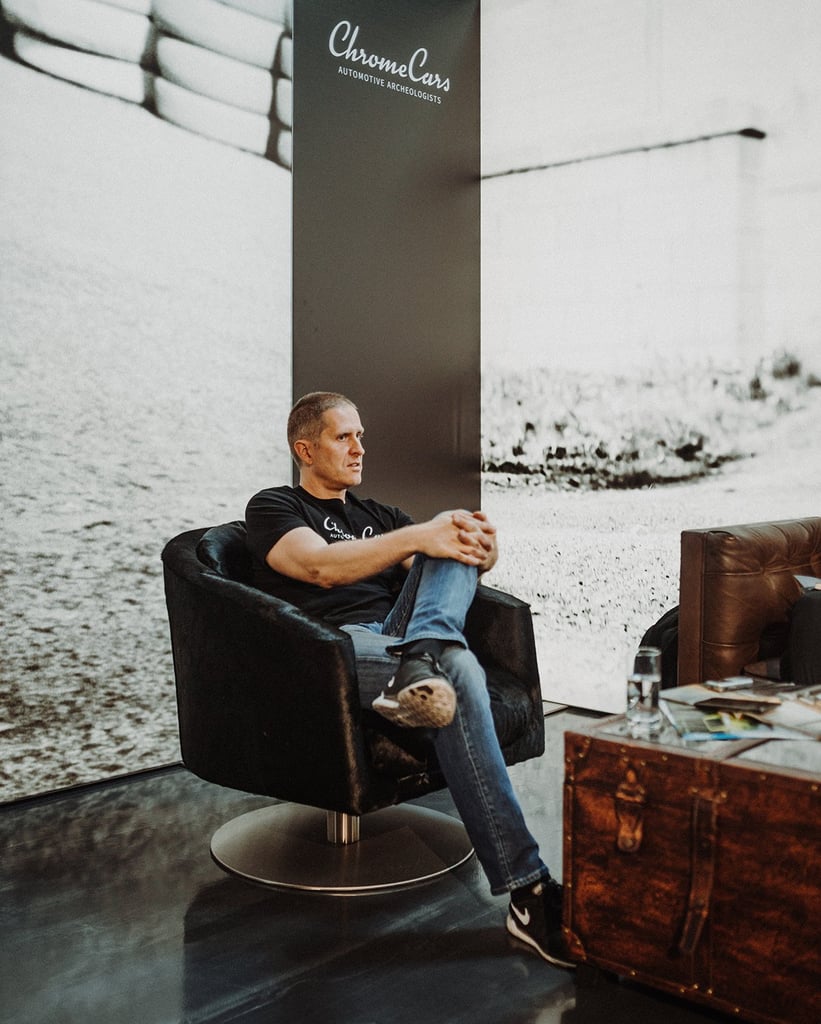
Kai, in addition to the many other treasures at ChromeCars, the collection of six extraordinary Ferrari Testarossas immediately catches the eye. But first: being a car dealer and car collector at the same time – how does that work?
“Good question! Of course, sales are at the forefront, as we’re primarily dealers. We see building up a collection, which will ultimately also be for sale, as a kind of ‘inspiration’ for buyers. We show in an impressive way what services we’re capable of with our network. We’re making advance payments, so to speak, because we want to present the impressive stories behind the cars to interested parties and show that our job is more than just buying and selling for us. Our employees spend a lot of time on intensive research in order to find real treasures. We often talk about being able to track down the rarest and most important vehicles in history. The collection is living proof of this.”
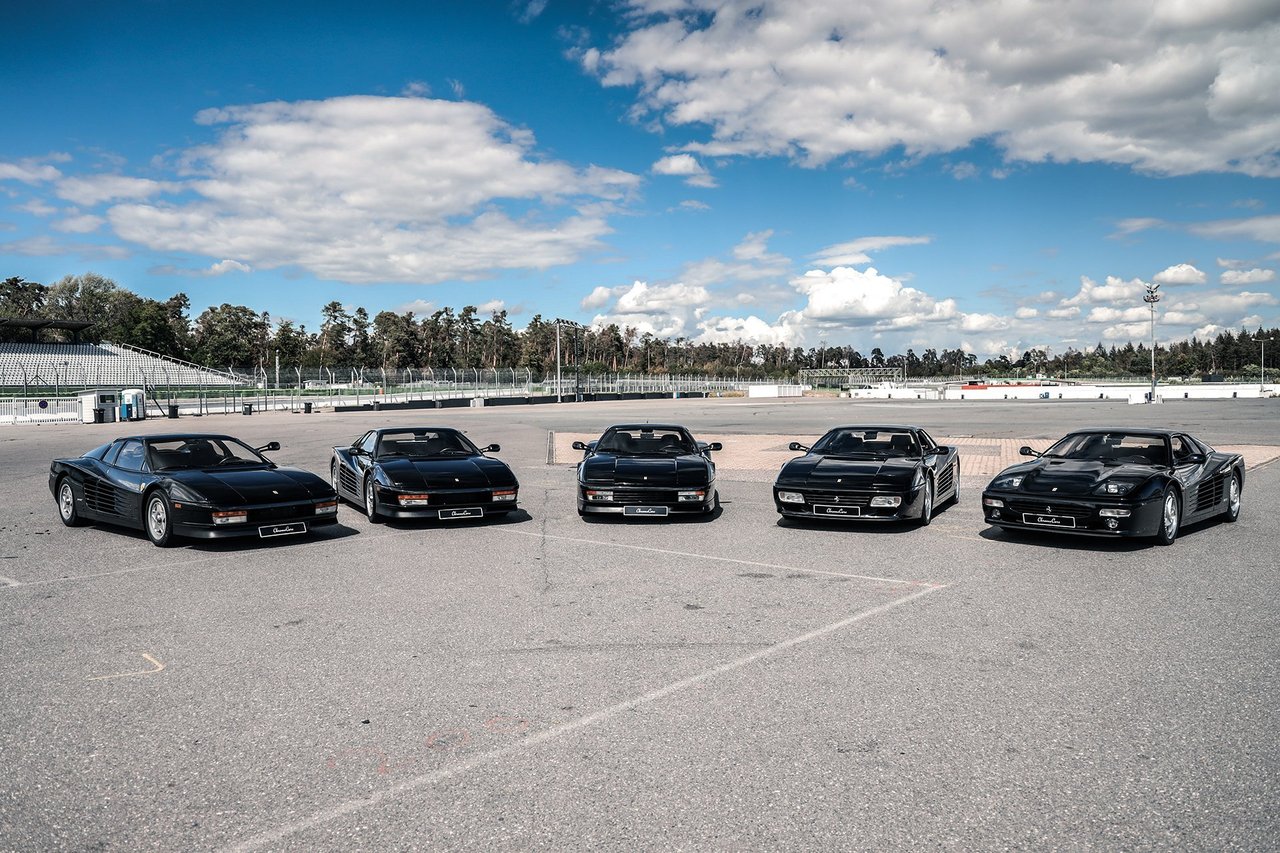
How do you decide what to collect? And how did the Testarossa collection come about?
“Often, interest in a car or an entire category is decisive. Movie cars, for example, have played an extremely important role since ChromeCars was founded. Historically valuable racing cars and racing transporters were added later. In some cases, however, it’s just a coincidence that gets the ball rolling. That was the case with our Testarossa collection. The starting point was the registration date of a special black Ferrari Testarossa that I bought five years ago. 11/13/1989 plays a very important role in my life and forever connects this car, which was officially registered on the same day, with a wonderful event in my life. Until then, none of us had dealt with this icon of automotive history – but now it was there and had an emotional connection for me. I started thinking involuntarily. Put it away? Drive it? Don’t drive it? It was difficult. Which model was actually in front of me? I decided to drive it, of course! Straight away, the first time I took it out, I noticed the positive responses. One thumbs-up after another, and phone camera shooters having to take turns. How wonderful – the car hadn’t lost its effect. The floodgates opened at that point: I started researching, and that prompted me to build a collection.”
What was the result of your research?
“There’s not enough time to go into all the details, but the most important thing for me is the fact that there were five different variants of the Testarossa.”
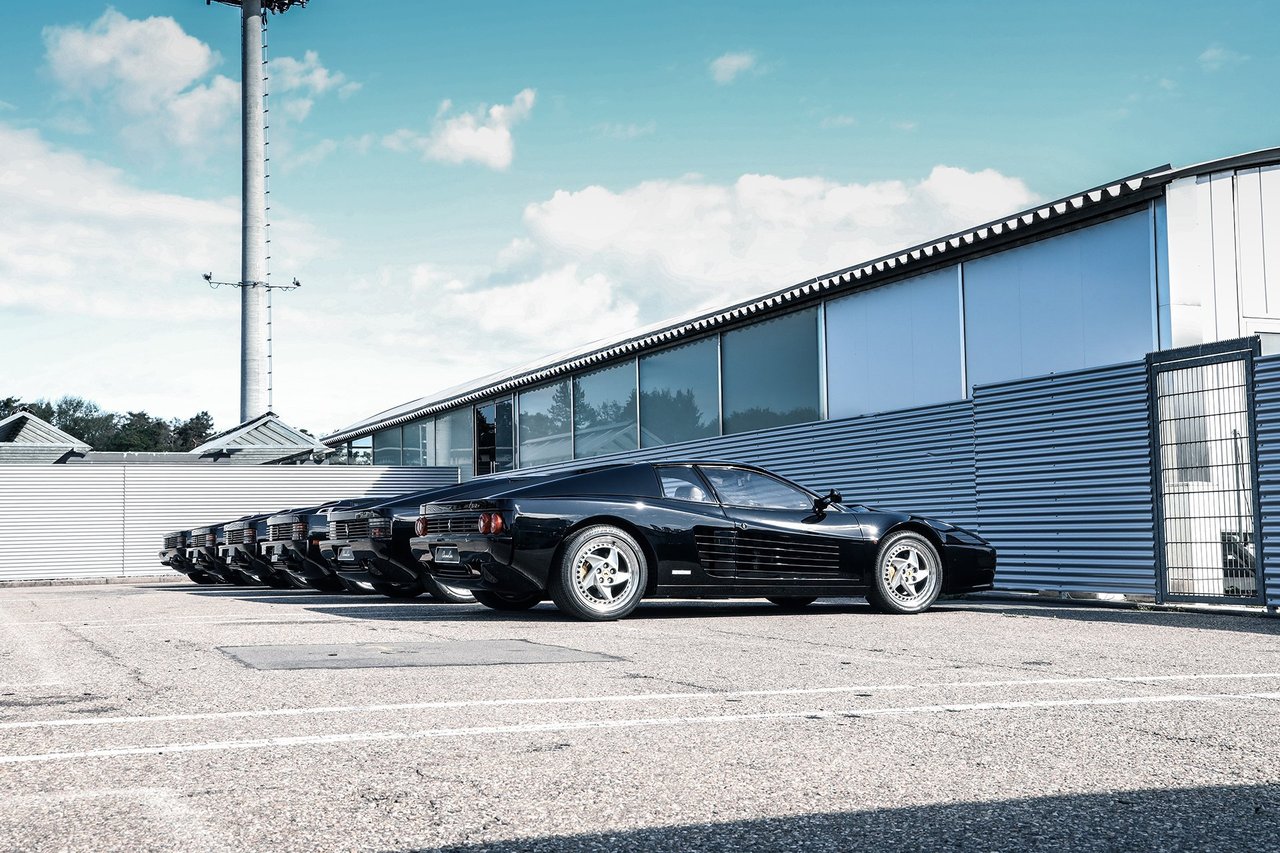
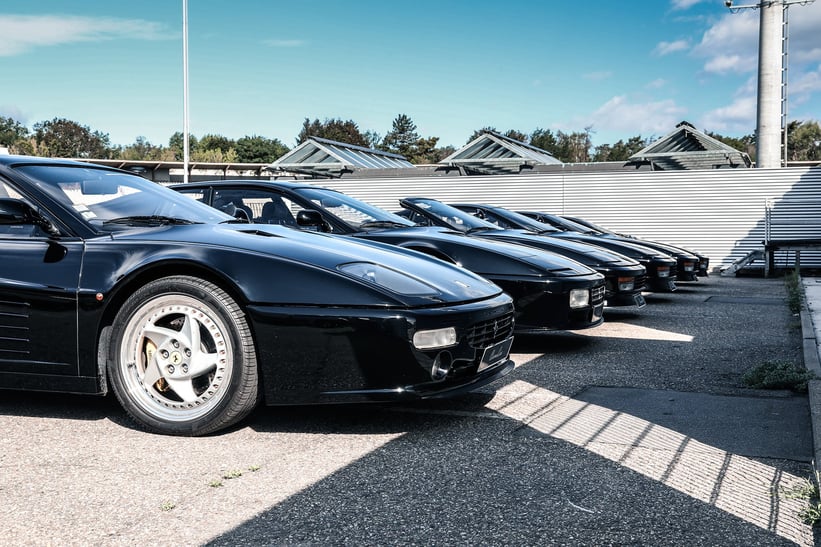
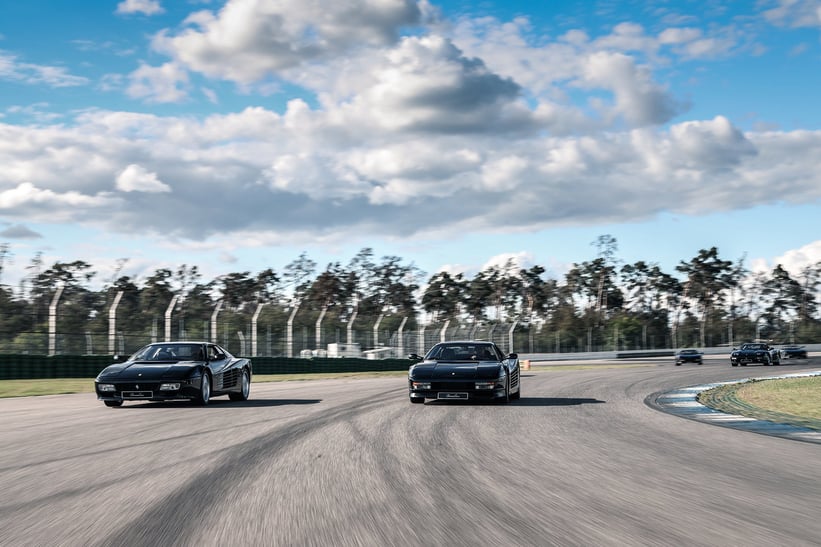
Five? But wasn't the Testarossa only produced for about 10 years?
“Yes indeed! There were also only two official facelifts. However, the first model was modified twice so we’re talking about three different series there alone. In order to clearly structure the collection, we subdivided it into series 1 to 5, with series 4 being the 512TR and series 5 being the final F512M. But please, don’t search for Testarossa series 1 to 5 online! This is an internal ‘ChromeCars classification’. In our opinion, this gives a very quick and easy understanding of the production history of the Testarossa. Anyone who knows is quickly able to recognise the differences.”
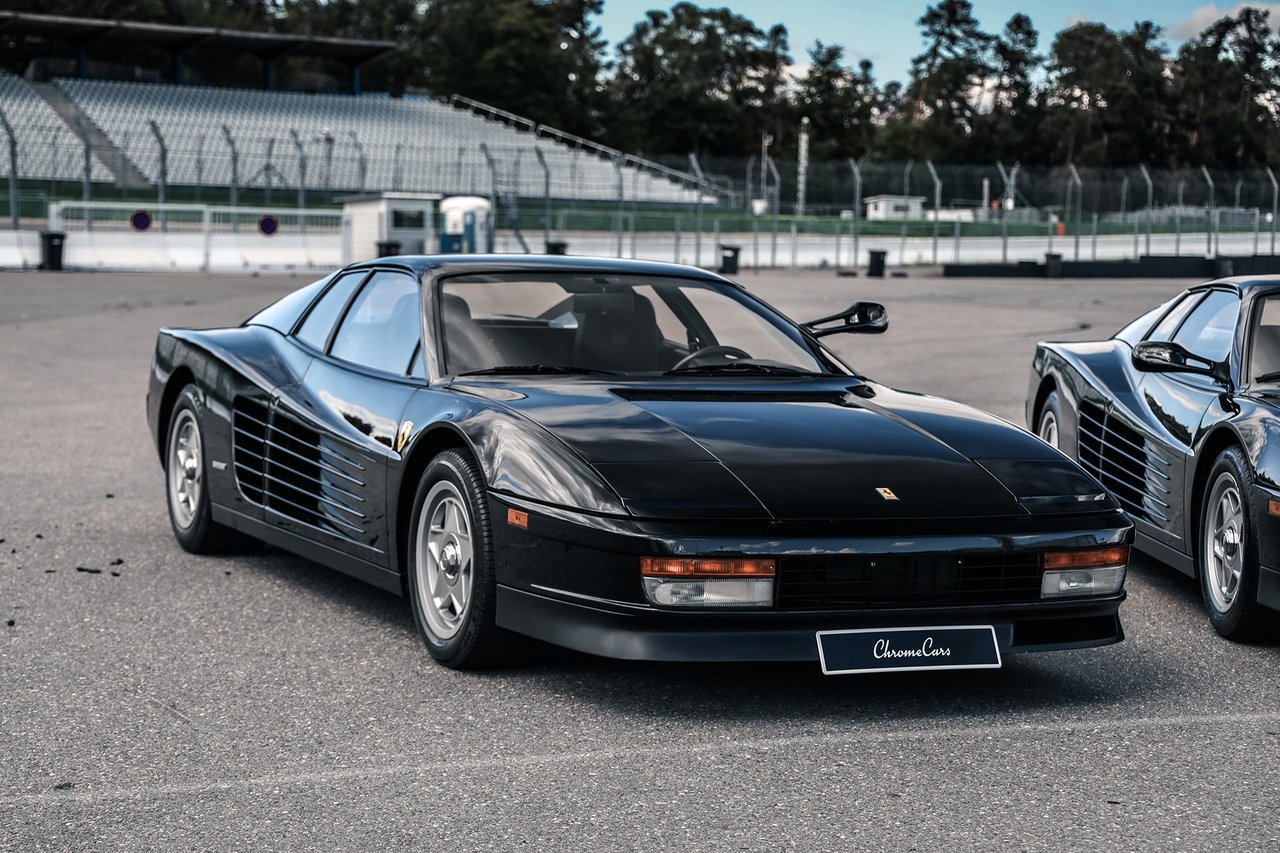
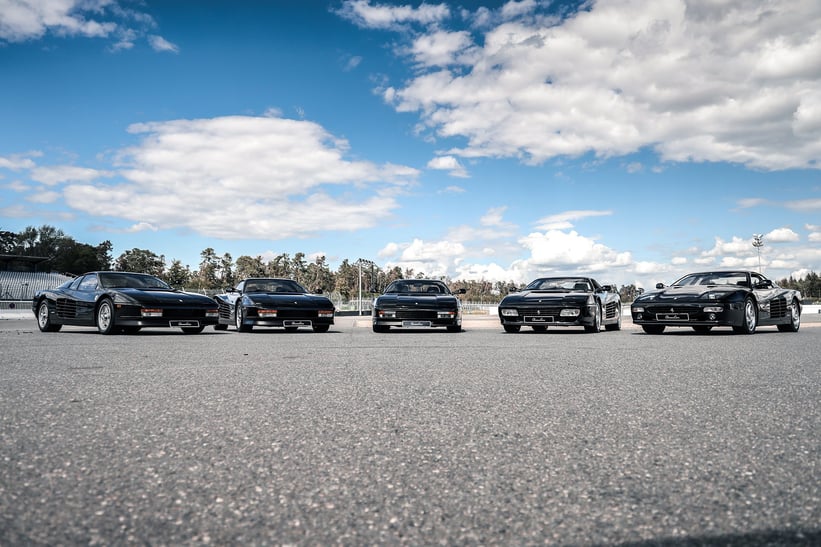
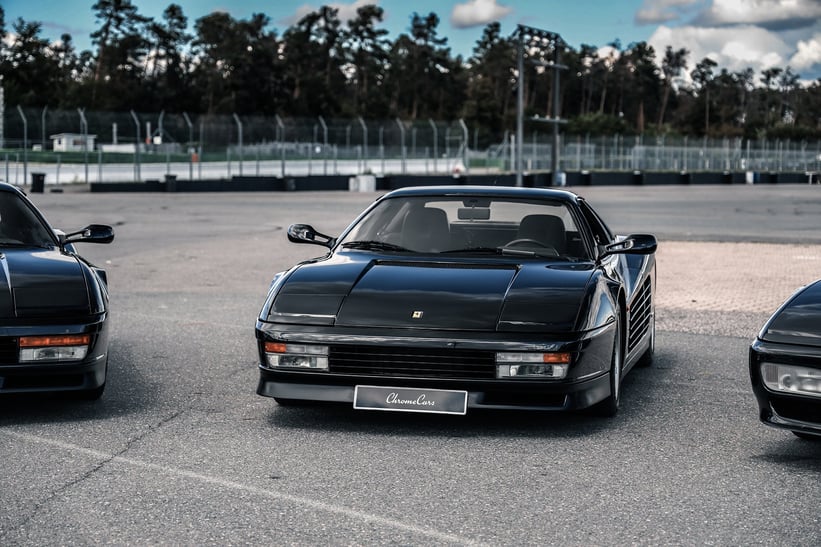
How can we tell the difference between the individual series?
“The easiest way to recognize series 1 is that there’s only one mirror on the driver’s side, attached very high up. It really falls out of the usual framework and is therefore also affectionately called ‘Monospecchio’ – ‘individual mirror’. Another feature is its centre-lock rims. The extravagant mirror variant allegedly came about through the incorrect interpretation of road-traffic regulations by an engineer. He thought the mirror should be placed high enough for following drivers to be able to see it. I believe it was an unsuccessful attempt at design. After it was ‘discovered’, it was presented as human error. A cool marketing gag, I think. As a result, the position of the mirror was changed and one was also placed on the passenger side. The centre-lock rims were kept for series 2, and when the change to rims with a bolt circle happened, we’re talking about series 3. That’s certainly also the most common and best known Testarossa variant, which most of us are familiar with.”

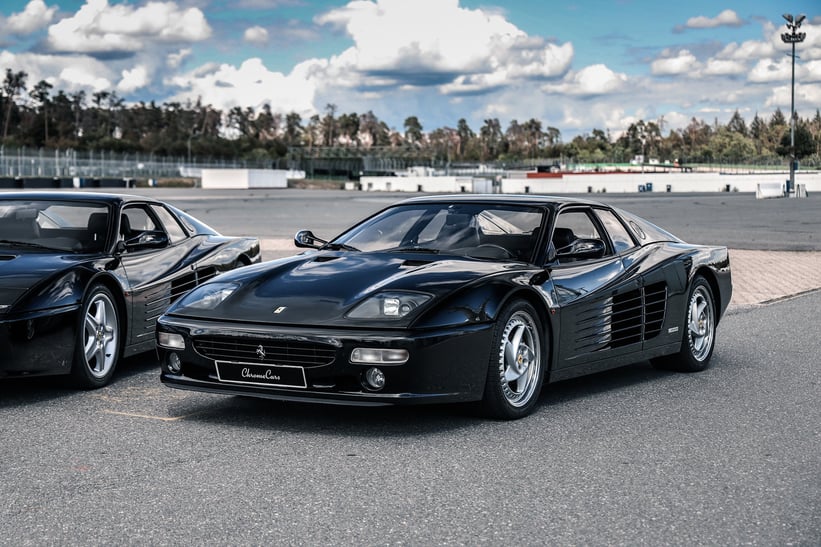
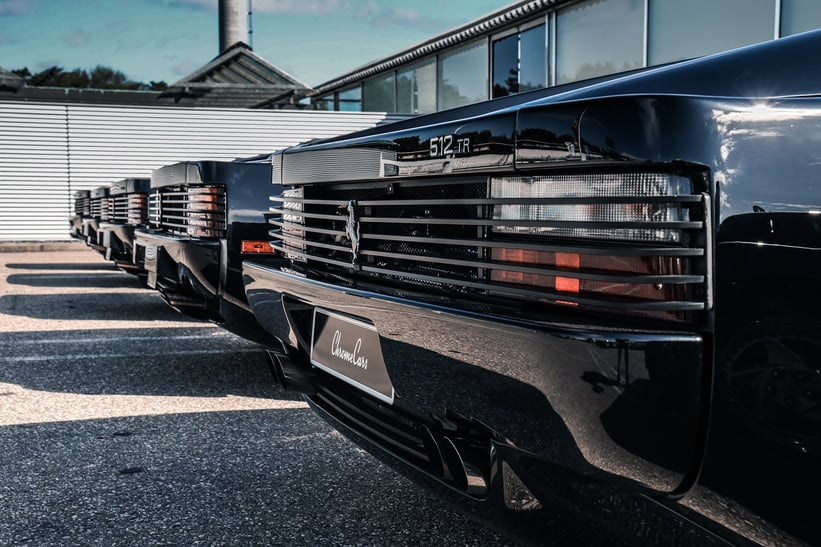
And then the 512 TR came out?
Exactly. The 512 TR – the name stood for five litres of displacement, 12 cylinders and the model name ‘Testa Rossa’ – was a major further development and corresponded to Ferrari's ‘new’ design language, which you could already see on the 348. We call this series 4. The F512M – the M stands for Modificata – appeared only a short time later, with a new design of headlight, marking a departure from pop-up headlights; it was the final version of the Testarossa. As a final edition, only 502 copies were produced. I would have found it more exciting if at the end ‘512’ had come into play again as the number of examples built. That would have been a fitting conclusion.”
What’s striking about your collection is that all the Testarossas are black. Why is that?
“Because it was difficult, almost impossible, to achieve.”
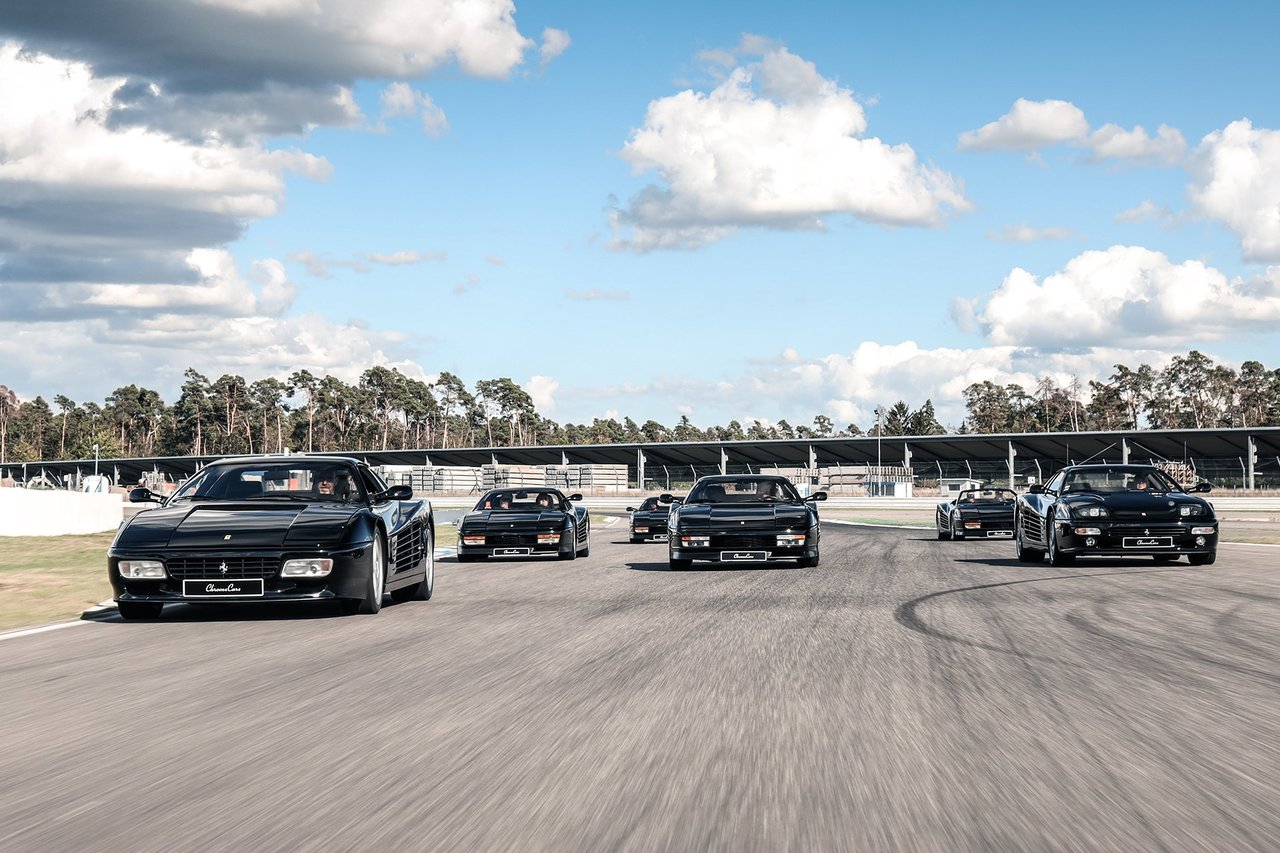
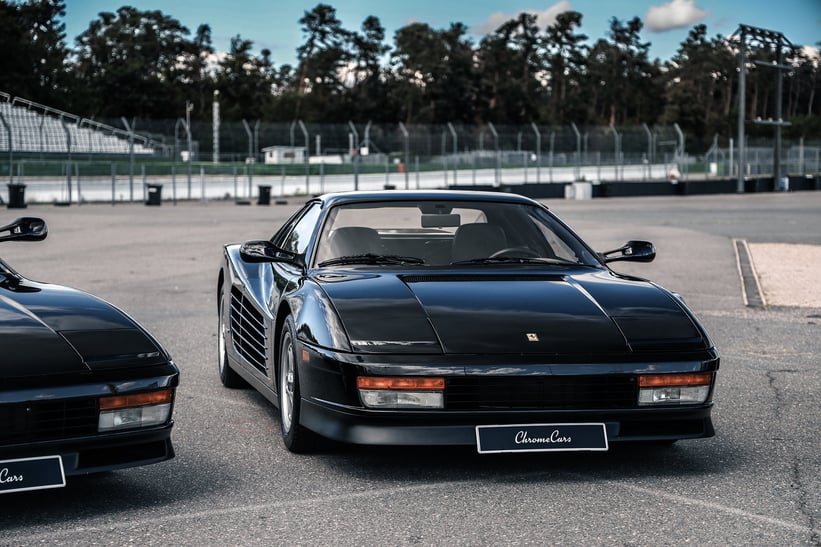
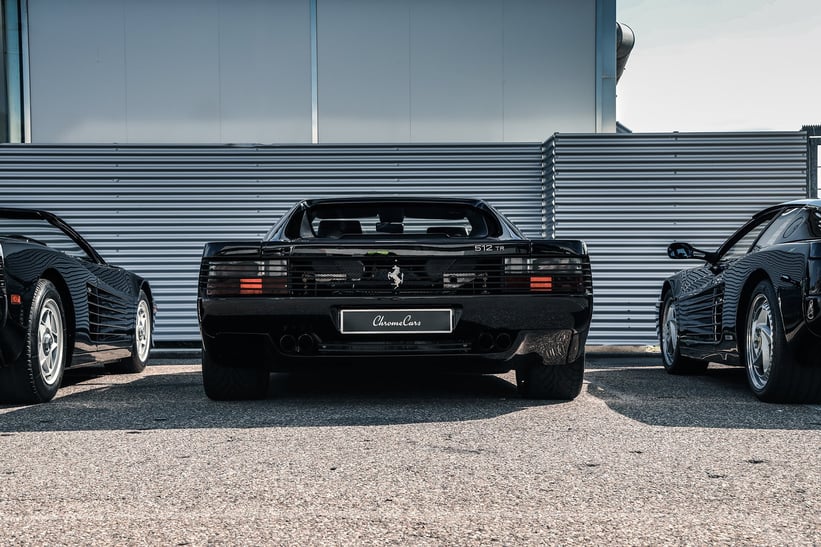
How so?
“One of the findings of our research was that black was only very rarely ordered and, together with a black interior, much less often – even if this combination is very popular today. Bringing all five variants together in black/black is extremely improbable or almost impossible. For example, probably only 12 F512Ms were built in black. How many of these had the corresponding interior colour, I don’t know. Finding the ‘Monospecchio’ in black was anything but easy, too. But that was what made it so attractive in the end. It’s back to what I said at the beginning: we want to find the rarest vehicles and make the seemingly impossible possible.”

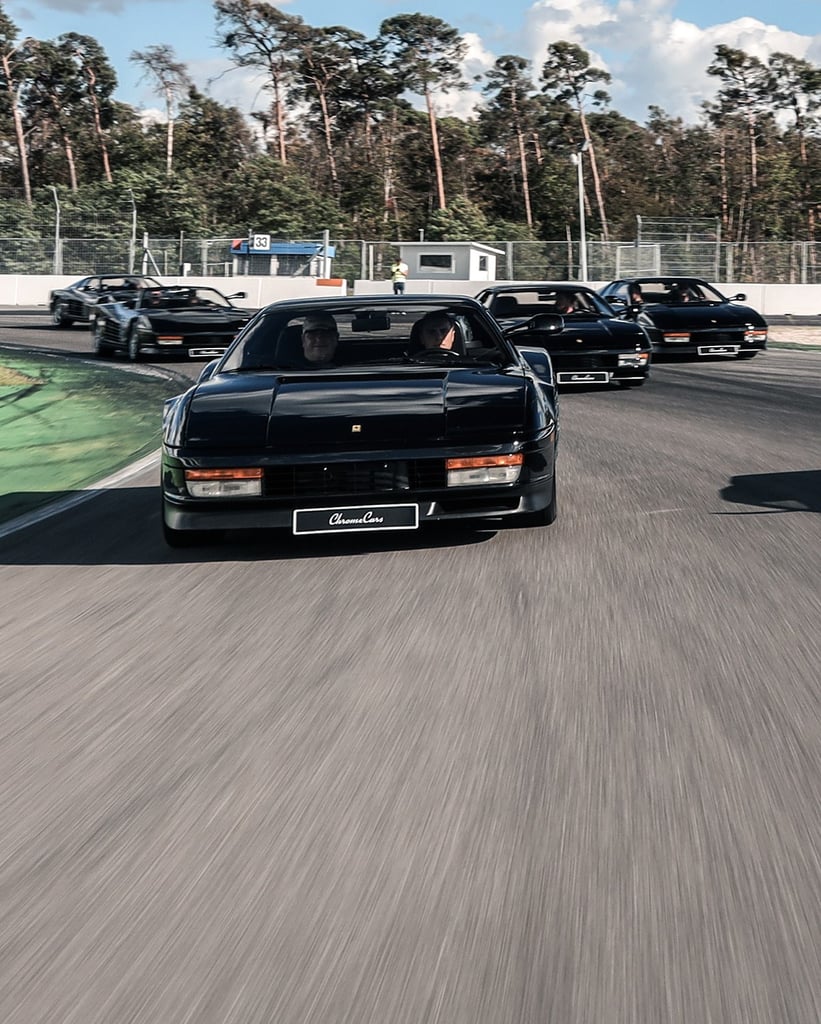
Is there a special story to tell about one or other of the five beauties?
“Whether a story is interesting or not of course depends on the listener! For us, they all have a special story. My colleague Chris found the ‘Monospecchio’ in Death Valley, for example. We couldn’t believe it; Chris must have sweated a lot – also considering whether the car was actually originally black – until the contracts were signed. The Monodado is special, because it had very few miles and has won some trophies in recent years. Our series 3 Testarossa, which is actually the easiest vehicle to find, is interesting, because the seller told us the license plate comes from Naples and is very well known there. The owner at the time was in direct contact with the football club SSC Napoli. When none other than Diego Maradona was waiting in 1989 for a black Testarossa he’d ordered, the owner is said to have given him our series 3 car as a ‘transition vehicle’. We didn't know any of this at the time of purchase, so we were surprised and even happier to welcome this car into our collection when we found out.”
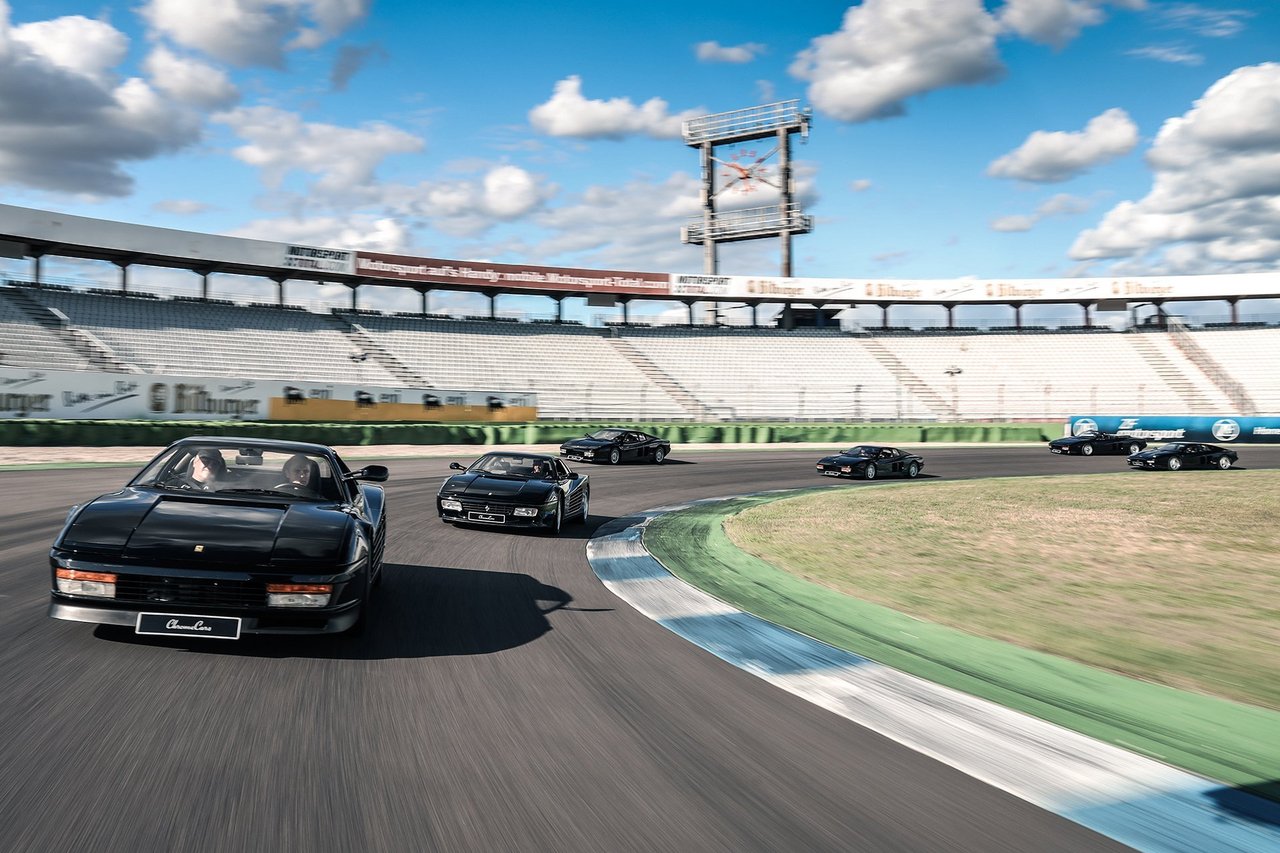
Speaking of time, how long did it take you to put this collection together? Surely it didn’t happen in a few days or weeks?
“Definitely not. Of course, this kind of thing takes patience. In this case we’re talking about almost three years, plus another year for preparation. So four years to get to here. By preparation, I mean testing them, which of course took place first. Appropriate work was then carried out and all approval-relevant reports prepared in order to present them to the individual testing organisations. All of them are currently street-legal, and if possible due to their age, they’re also classified as historical vehicles and have a corresponding license plate.”
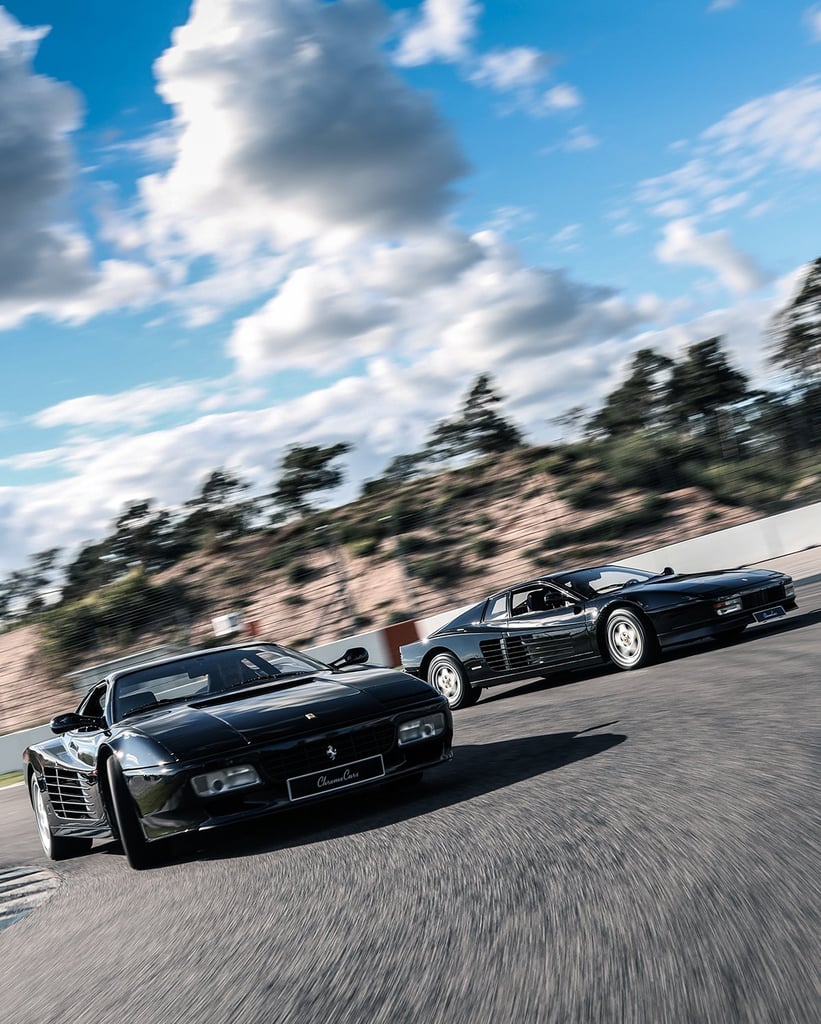
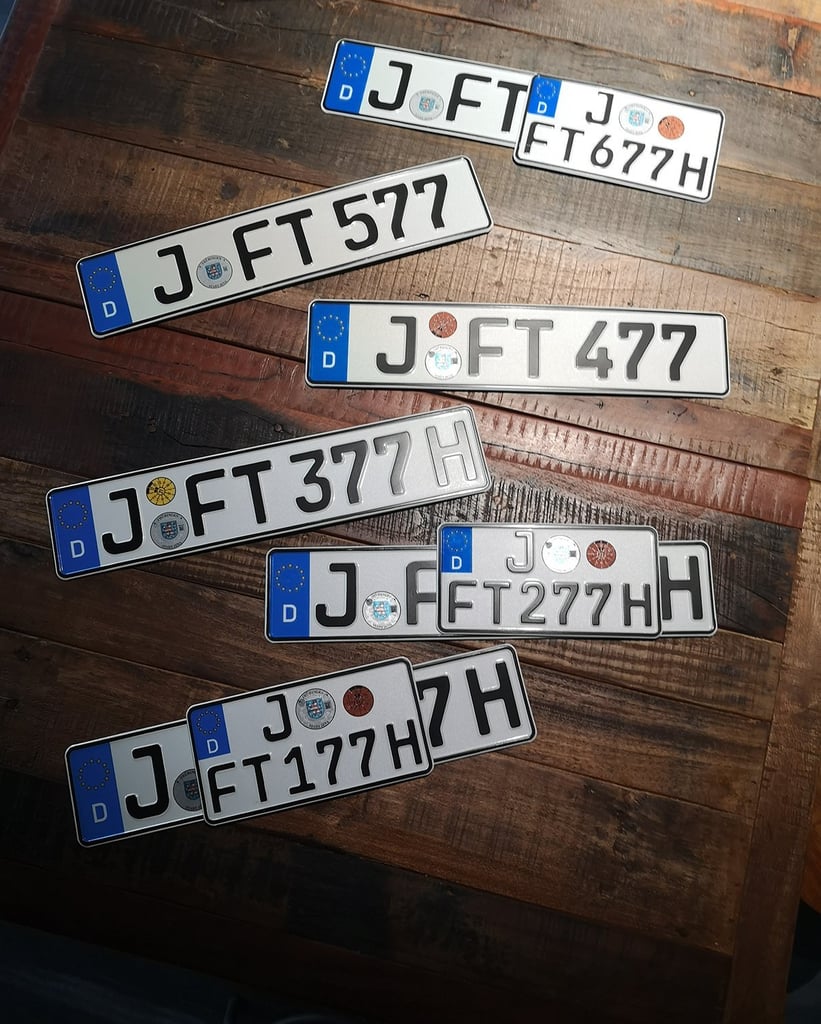
There are six different license plates here, all ending with 77 and numbered from 1 to 6 in front of them. Do they have a specific meaning?
“I love the number seven, it's no secret. Whenever possible, all of our vehicles have a 77 or 777 number on their license plates. It would also have been possible with the Testarossas, but I wanted to create a reference to the respective series for the vehicles, so each Testarossa begins with FT (Ferrari Testarossa) and ends with 77. And the number before 77 then explains which variant it is. So, 177 for series 1, 277 for series 2, and so on.
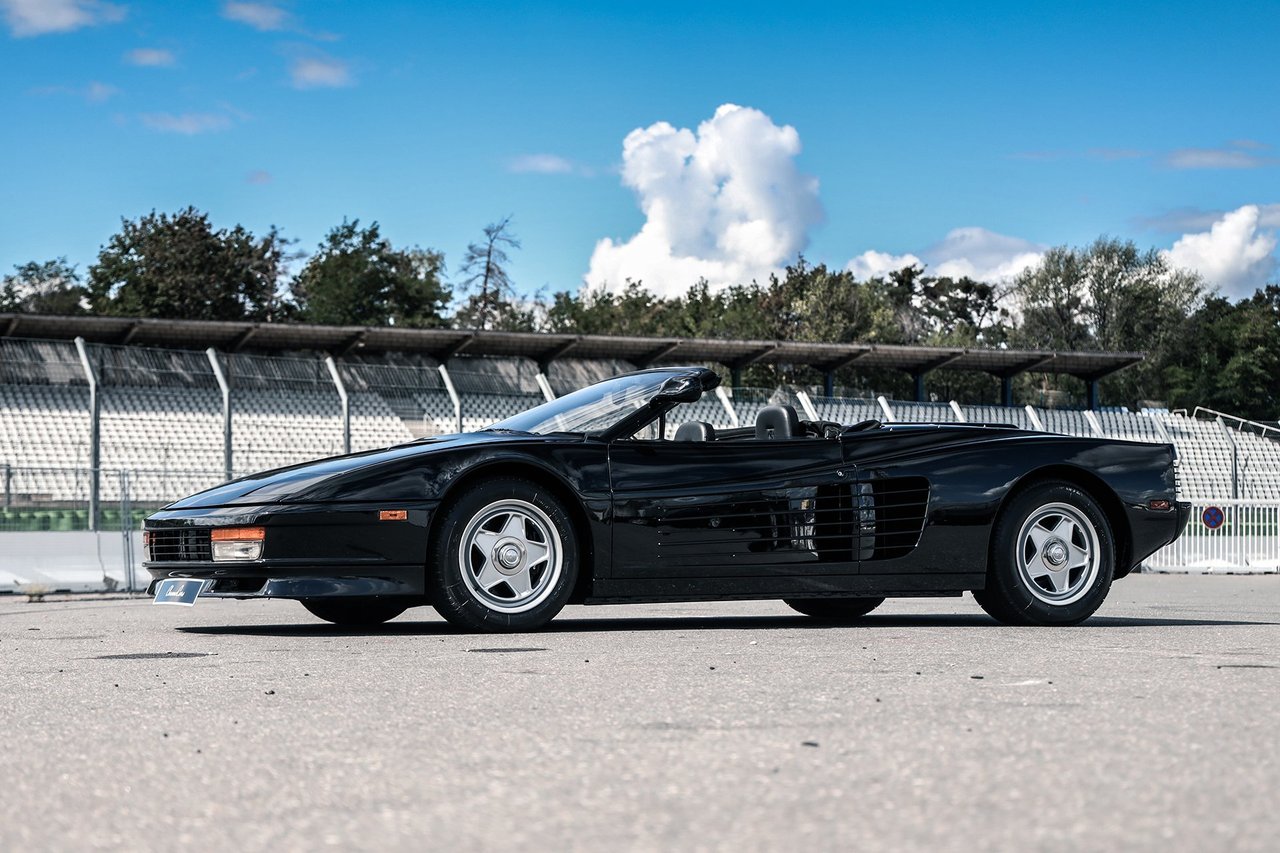
And which car is the registration number J-FT 677 intended for?
“That’s intended for an extremely special Testarossa. As is sometimes the case in life, the collection was complete, but then a chance arose make it ‘more complete’. We had the opportunity to purchase the Testarossa that Straman converted in 1984 for a Pepsi ad. This was driven by Michael Jackson.”
So you currently have cars driven by the ‘King of Pop’, the ‘King of Rock 'n' Roll’ and the ‘King of Cool’ in your collection?
“Yes, in our collection there’s a golden Cadillac that Elvis owned and a Dodge Charger from the movie Bullitt with Steve McQueen. Together with the Jackson Ferrari, we like to talk about the ‘Three Kings’!
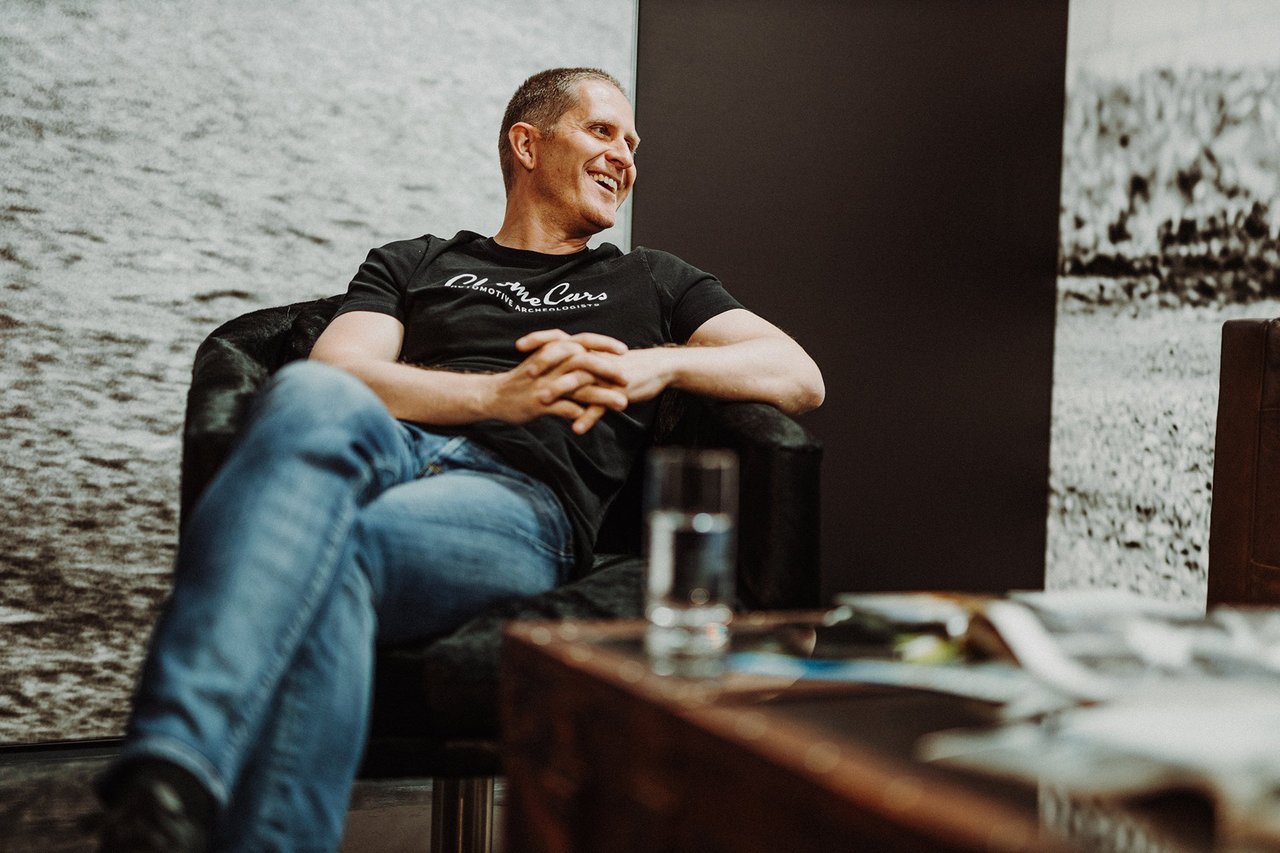
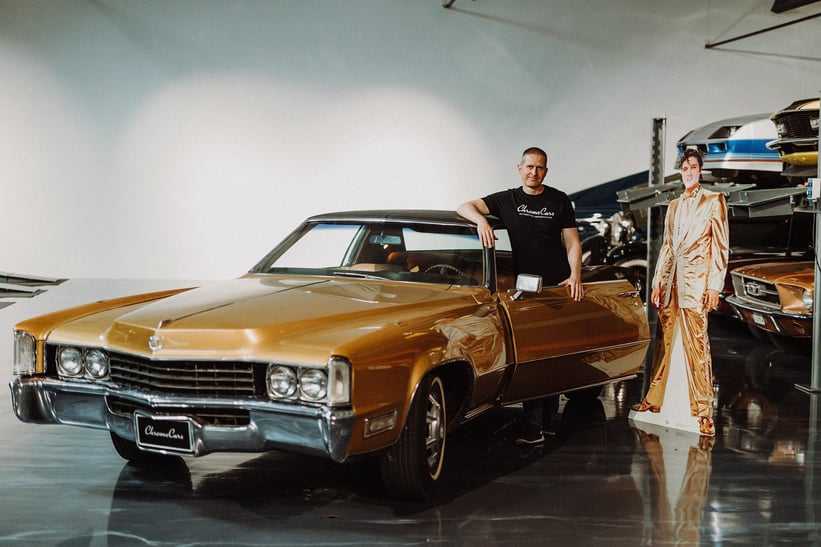

It's not that easy to stick to the topic, but I'll try to pick up the thread again! Six Testarossas, all in black/black and all street-legal. This inevitably raises the question of whether they’ll be driven again?
“Of course, that's what they were originally built for. We’ll definitely drive them and have fun. All six fit into our large trailer. We plan to take them to beautiful places and ‘release’ them. We’re currently planning appropriate trips for interested parties or enthusiasts who’d like to come along as passengers. There are already quite a few enquiries, even though we haven’t advertised. As soon as the dates and prices are fixed, we’ll publish them on our website. With our ChromeCars eXperience program, we meet our customers’ wishes to take trips of a different kind and also fulfill unusual requests. We organised an event back in 2017 and another last August and the response was overwhelming. So we’d like to offer them more regularly in future. To stay with our Testarossas: it’s possible to book them for exclusive customers. They’d make a great surprise for a special anniversary or a product presentation. Some of our competitors can probably organise a trip from Nice to Monaco, too – but in six black Testarossas? That would be an adventure no-one could forget.”
You also own the original ‘Eleanor’ Ford Mustang from the movie ‘Gone In 60 Seconds’. Can you book this car for such an event?
“Basically, you can book or buy any vehicle from ChromeCars. As I said, the focus is on sales – even if it’s sometimes difficult to part!”
Photos: Mario Klemm © 2021

































